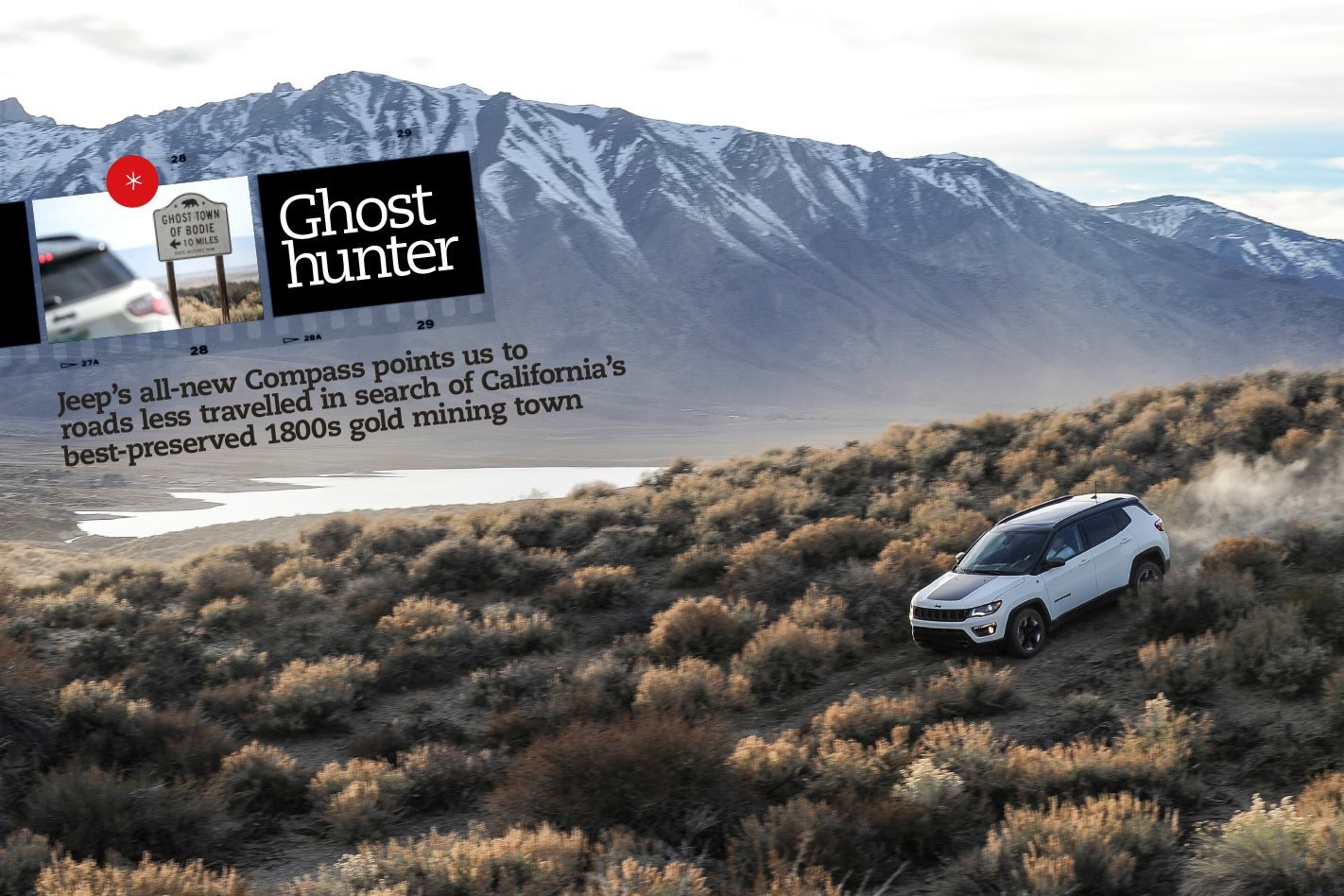Maybe it’s the notion of a five-cent whiskey. Or perhaps the reality that, should you learn of another man messin’ with your lady, you could shoot him in the leg and no-one in the saloon would blink an eye.
Either way, the thought of life in America’s wild-west gold-rush era has long held a fascination.
When I learned about the town of Bodie in the Eastern Sierra Nevada region about seven hours from LA, that claimed to be the best-preserved ghost town in the USA, it began to pull at me like gold-strike fever.This was a town that drew over 8500 hopefuls to it back in the late 1800s; people from a generation that surely invented the concept of ‘fear of missing out’ about 140 years before it became ‘FOMO’ for the Instagram era.
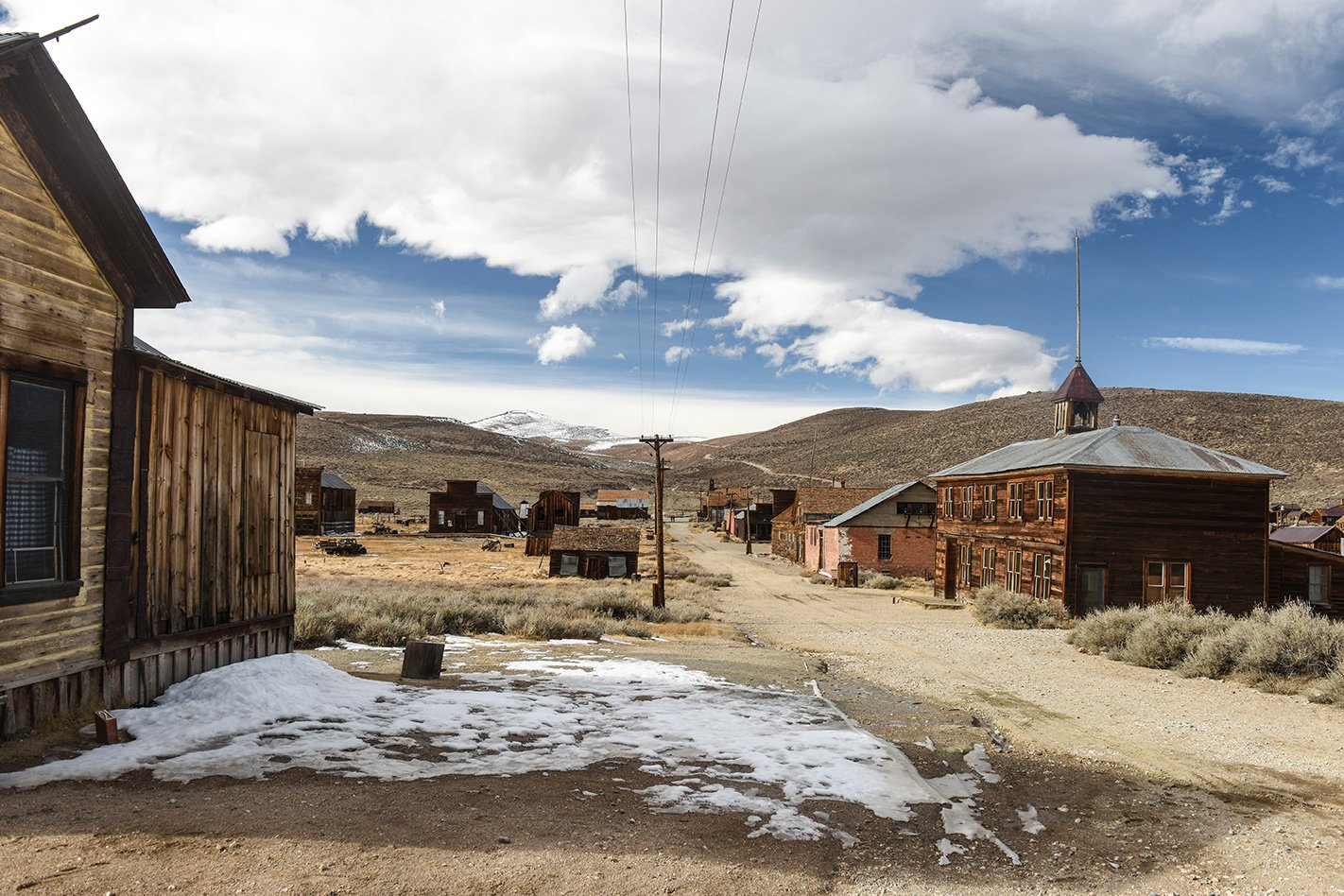
For this trip there was potential to need proper off-road capability, not just the on-demand all-wheel drive of a typical soft-roader. The Bodie website talks of heavy snow, with uncleared or closed roads in the winter months. Jeep’s all-new Compass seemed an ideal on-paper fit. It’s underpinned by a stretched version of the Renegade’s Fiat-derived ‘small wide architecture’ and sits at the more compact end of the medium-SUV class.
The lure of Bodie, in the Eastern Sierra Nevada region, began to pull at me like gold-strike fever
Styling wise, it pretty much mirrors big brother, the Grand Cherokee – squared-off wheelarches, seven rectangular grille elements, but brings a semi-floating roof design. All delivering, to my eye at least, a purposeful, nuggety little contender that seems determined to stand apart from the soft-roader mainstream. It’s only recently gone on sale in Australia, so in this most off-road-capable Trailhawk spec, it would be a perfect chance to test its chops.
Sliding inside only further heightens that sense of the Trailhawk’s utilitarianism. Compared to class rivals, it again seems happy to set its own agenda; ultra functional at the expense of much aesthetic seduction. I say that not as a real criticism; I actually like the fact that logical knobs are easily at hand; there’s no period of fumbling familiarisation. But the seats are only adequate rather than deeply supportive and the steering is nothing special in terms of feel. The Uconnect system, though, with nav, CarPlay and Android Auto, is agreeably seamless.
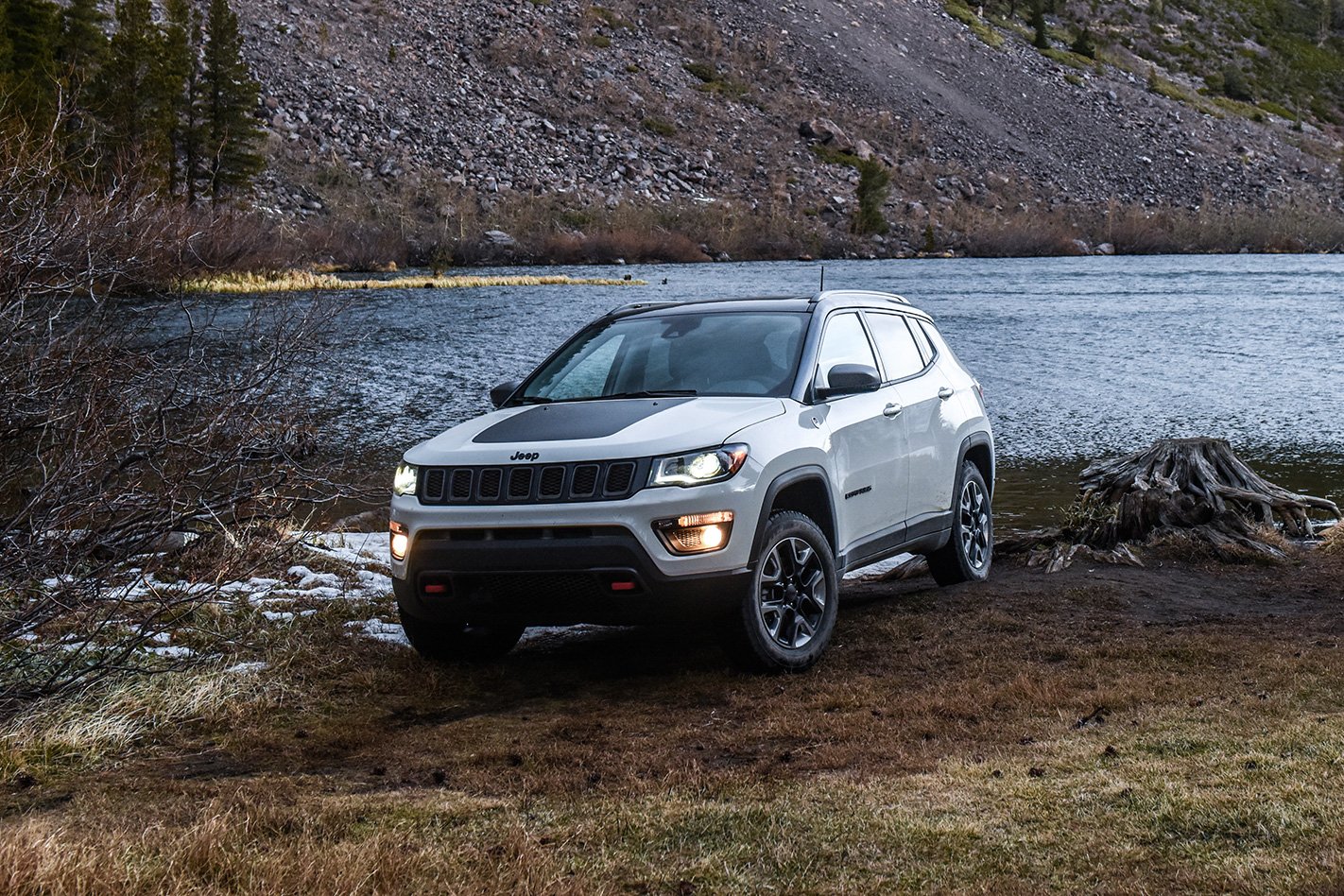
As we glide onto the freeway headed north, the chassis tune slips into the background, and the powertrain comes to the fore. At least it sounds like it wants to, there’s just not a lot of thrust to match the noise. Here’s the thing: around town, the 129kW/229Nm 2.4-litre Tigershark atmo four (carried over from the previous generation, and shared with some Renegade models), teamed with short first and second gear ratios, lulls you into thinking things are adequate under the bonnet. And they mostly are. But America’s freeways – signposted at 65mph, but with a median speed closer to 80 – demand a greater level of urge and throttle response. Just merging and keeping up often requires the Jeep’s throttle pedal to be buried to the mat, and even then things seem to happen in slow motion. At least compared to the silky, near-silent Teslas that whip past, and even next to the oversize Chevy Silverado-style pick-ups the Yanks cling to as vehemently as their right to bear arms.
Okay, so it’s clear this engine doesn’t have a whole lot for torque fans, so I can either moan about it, or shift into manual mode, wring its neck, turn the music up, and deal. Besides, our Aussie Trailhawk model won’t get this engine; instead it will be fitted with the 125kW/350Nm 2.0-litre turbo-diesel from Fiat, which will surely be a more satisfying offering. Let’s hope the NVH is sorted.
The surprisingly punchy standard Beats audio system proves to be my saviour, drowning the strained and frenetic engine note when the gradient climbs. Which is not much at this stage. Once on the outer edge of the massive Los Angeles sprawl, it’s startling how quickly the urban fringe becomes stark, arid desert. We’re on Route 395, the main link between LA and the Eastern Sierra Nevada region and, take away power poles and the road, there’s zero sign of life. No fences, no cattle, no houses. Just a vast, parched expanse of scrub and cacti that has repelled any effort to tame and monetise it.
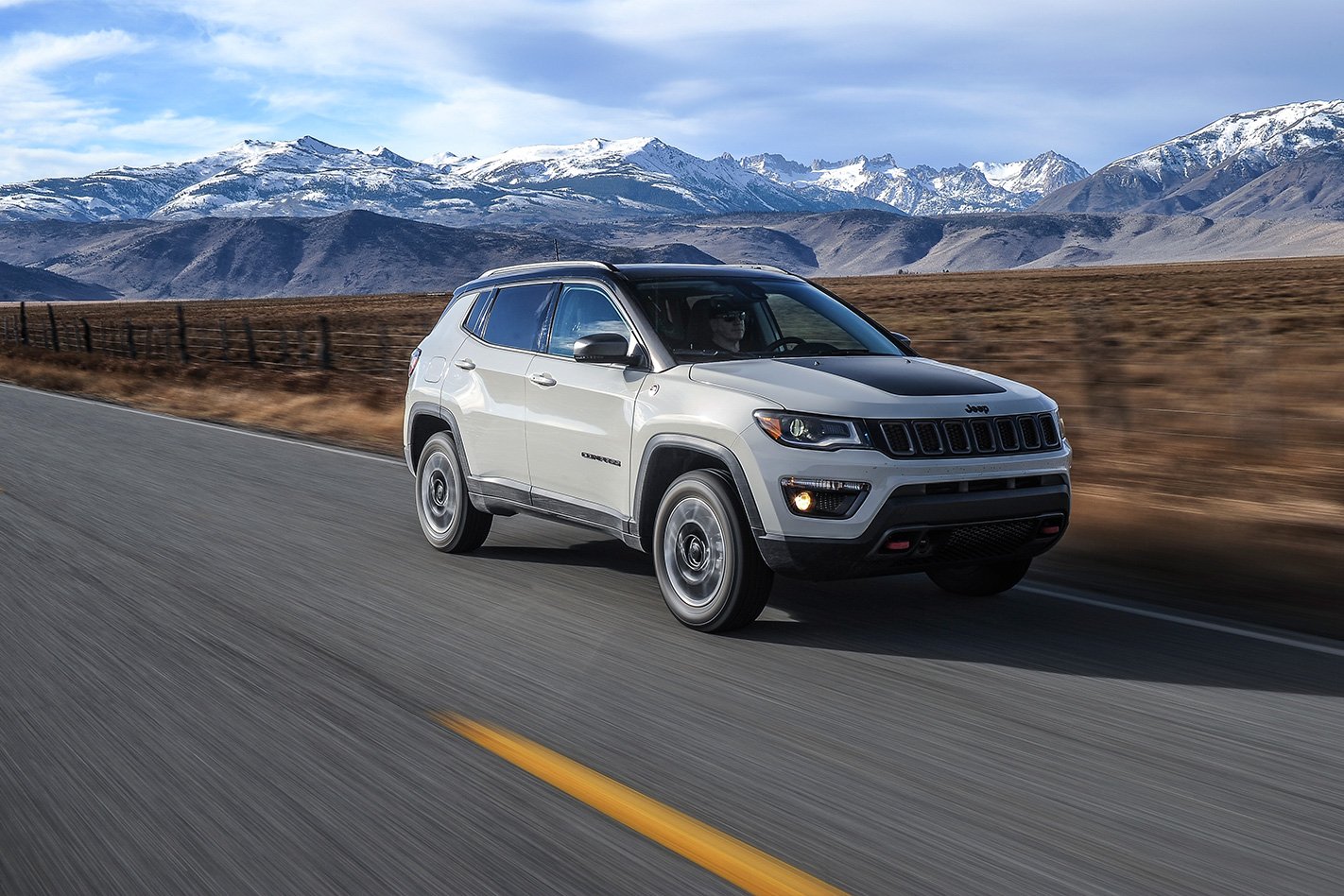
His dog, a cross-kelpie with a luxuriant ebony coat, dances around me, clearly sharing my obsession with beef jerky. I try an ice breaker: “Beautiful dog. What’s her name?”
“Black Dog,” he drawls.
Cowboy George, as he introsduces himself, is a real-life picker. He tells me he makes $100,000 a year doing this
“Oh yeah?” I pipe back. “Named after the Led Zeppelin song?” He looks at me sideways. “Naw, ’coz she’s a black dawg.”
Cowboy George, as he introduces himself, is a real-life picker. He tells me he makes $100,000 a year doing this – selling what is junk to some and collectibles to others – next to the roadside.
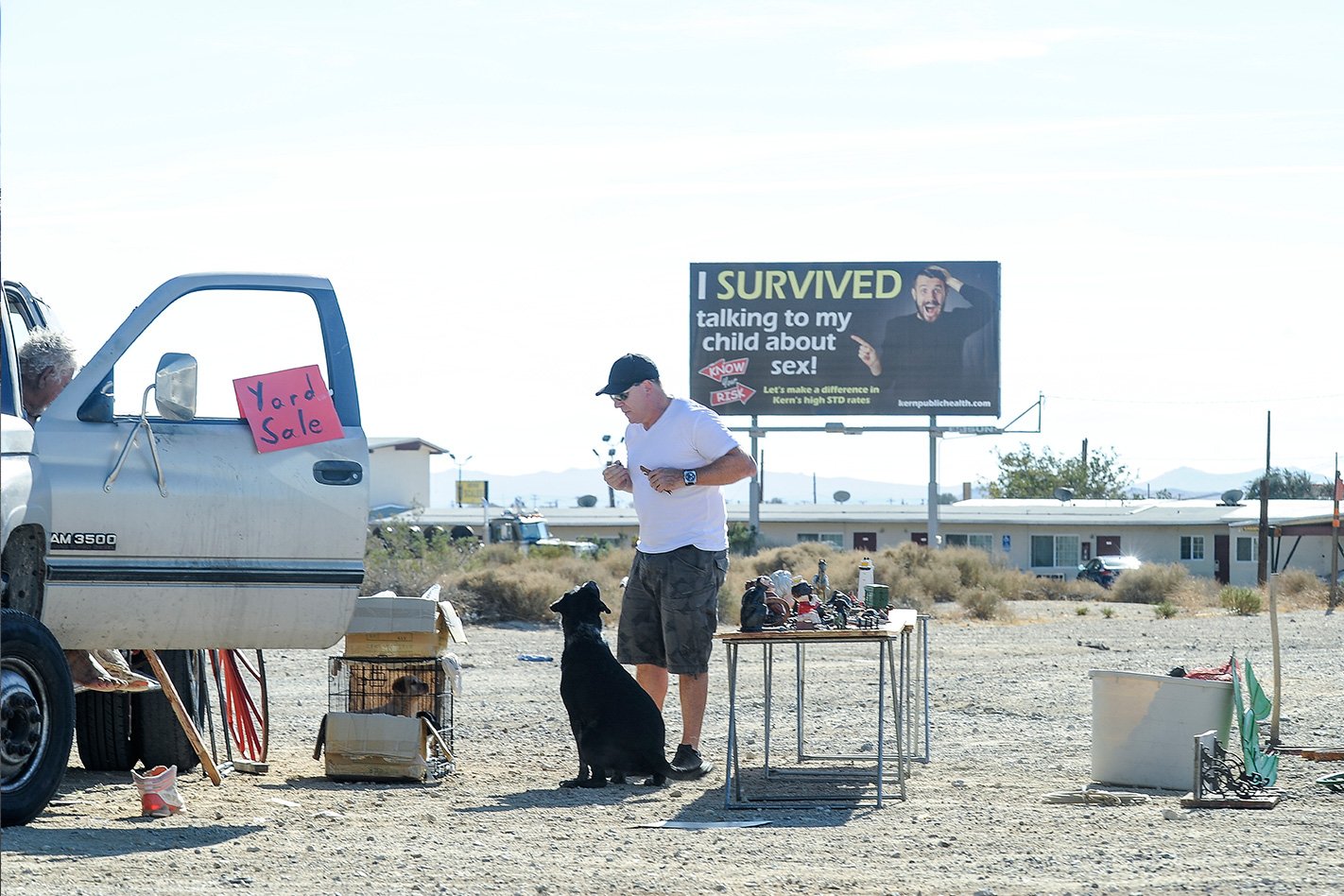
“I could do that,” he says. He’s warming to us, but so is the winter sun. It’s 32 degrees away from the shade, so we fill up nearby with premium ‘gas’ at what works out to be around A$1 per litre, crank up the Compass’s excellent air-con, and roll on.
We’re not far when the photographer spots an opportunity. It’s a bolted-closed chapel, nestled in the dirt next to a quintessential American trailer park – one where the homes have wheels and the cars don’t. The place is utterly deserted, except for a muscled-up pit-bull terrier tethered to a post in the ground, inexplicably in the middle of the dirt access lane. He has no shelter, no water; hopelessly captive.
I approach cautiously, soothing him with my best doggy dialogue and he responds with a madly wagging tail. I want to offer him water, maybe a muesli bar. His face splits into a comical grin. Then I’m in his space and his internal switch flicks; he lunges, snarling; teeth bared, enraged and desperate to clamp flesh. His rope pulls him just short as I backpedal, mere millimetres from a tetanus-riddled savaging. Was it something I said? There’s no bowl, no vessel in which to offer him water. I have to leave, a dull ache in my guts for the uncertainly of what his next 24 hours hold.
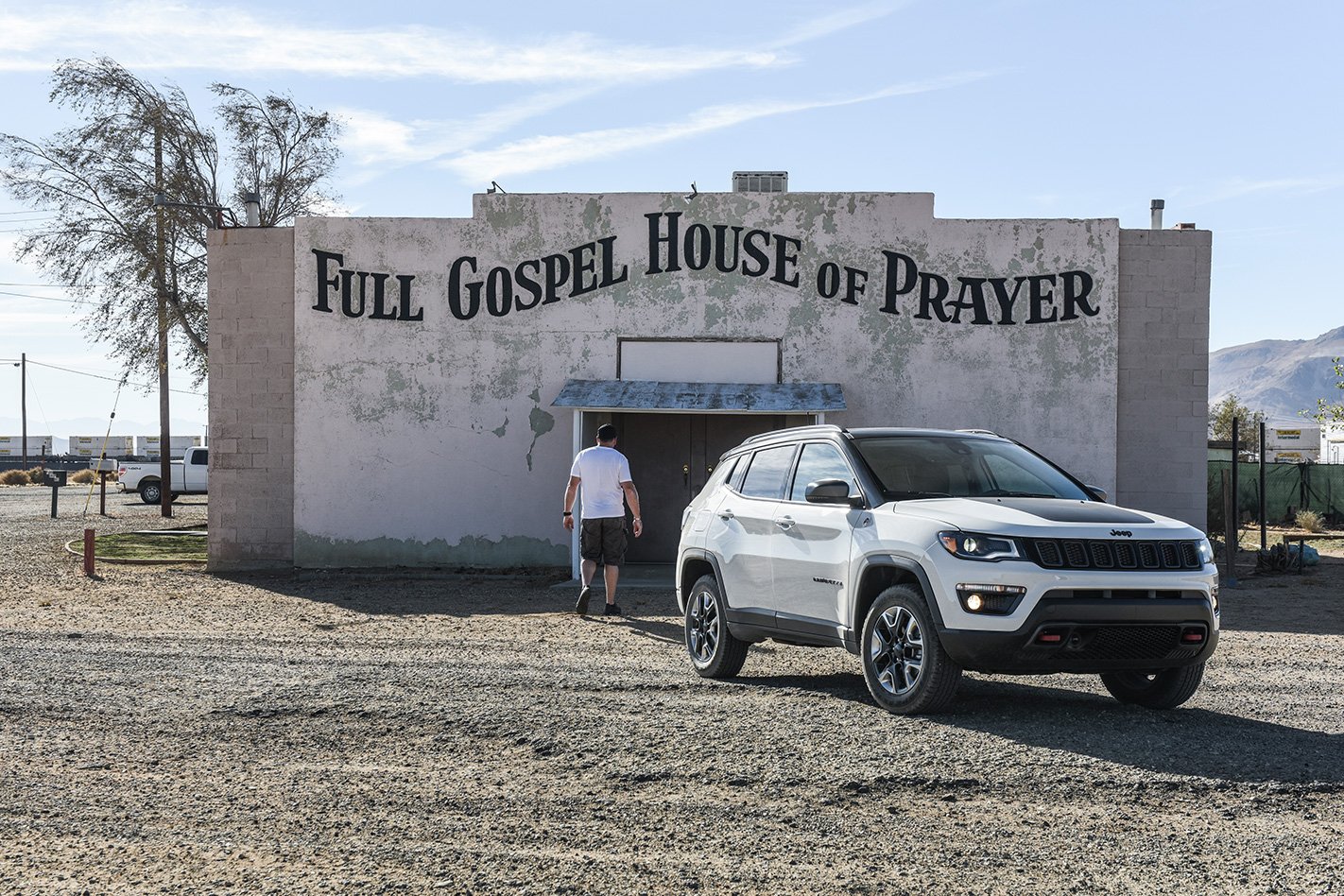
Hundreds of towering white turbines dot the hillside, a massive commitment to growing power demands, some of which will be driven by the shift to EVs. We stop for a photo, but there’s not a breath of breeze, so not a single blade turns. It’s an incongruous sight, seeing all these power generators standing idle over the landscape, rather than the workers they’re supposed to be. It’s easy to imagine Tony Abbott, pointing, sneering, and pushing his “no good for base load” agenda. While munching on a raw onion.
Time to jump back into the very much fossil-fuelled Compass, burning juice at a none-too-special 10.4L/100km, and head north towards Red Rock Canyon State Park. The pairing of a nine-speed auto with this engine has me perplexed; it’s as if the eighth and ninth ratios are purely for decorative purposes, as the engine has no intention of getting to know them. Even when you force-feed the tallest ratios in manual mode at highway speeds, the revs drop below 2000rpm and into a torque hole so deep it has an echo.
It’s dusk by the time we reach the ski town of Mammoth Lakes that will provide our overnight accommodation. The temperature hovers around zero, but the main streets look seductive and magical, lit with decorative lights, and the place buzzes with that holiday vibe of well-off locals in pursuit of recreation and pleasure. If I had mad snowboard skills, a more chipper attitude and better teeth, I could really fit in around here.
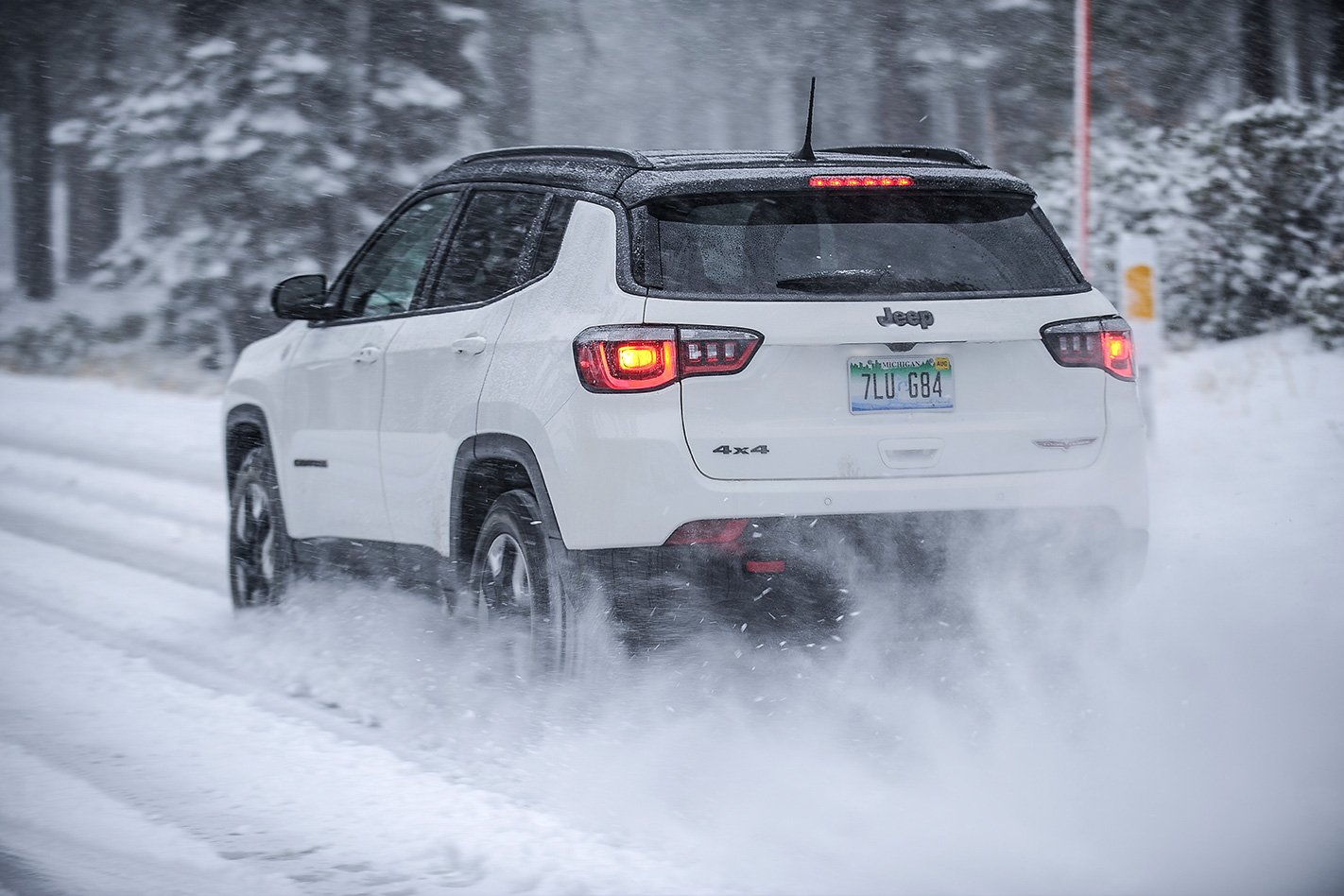
It requires serious concentration to pull my attention back to the American-sized mountain of eggs, bacon and hash browns piled high in front of me. The roads outside now have a 15 centimetre blanket over them, but snapper Baz, a cold-climate local who’s driving the support Grand Cherokee Trailhawk, assures me there’ll be no need for chains, insisting that our all-terrain tyres and the cars’ snow mode will be fine for the final two-hour push to Bodie.
I’m almost a little disappointed, given I’m secretly bi-chain curious, but alternatively happy not to have to roll around in the wet snow to fit them. It’s also a brilliant test of the Compass’s traction and controllability on the slippery white stuff. The little Jeep’s ability to cut through the powder and find traction is genuinely surprising, and the calibration of the traction control in snow mode is spot-on, allowing just enough slip and spin to retain momentum right when you need it. It’s even happy to allow gentle all-paw drifts when the sensors figure you’re not about to stuff it into a snowbank.
On SR 270, about 11km from the town of Bridgeport, we take the posted turn onto dirt for Bodie, only to see a sign warning that the final approach is closed due to mud and snow, with access via foot only. When we reach the locked boom gate, it’s like a bouncer’s arm across a door we so badly want to enter.
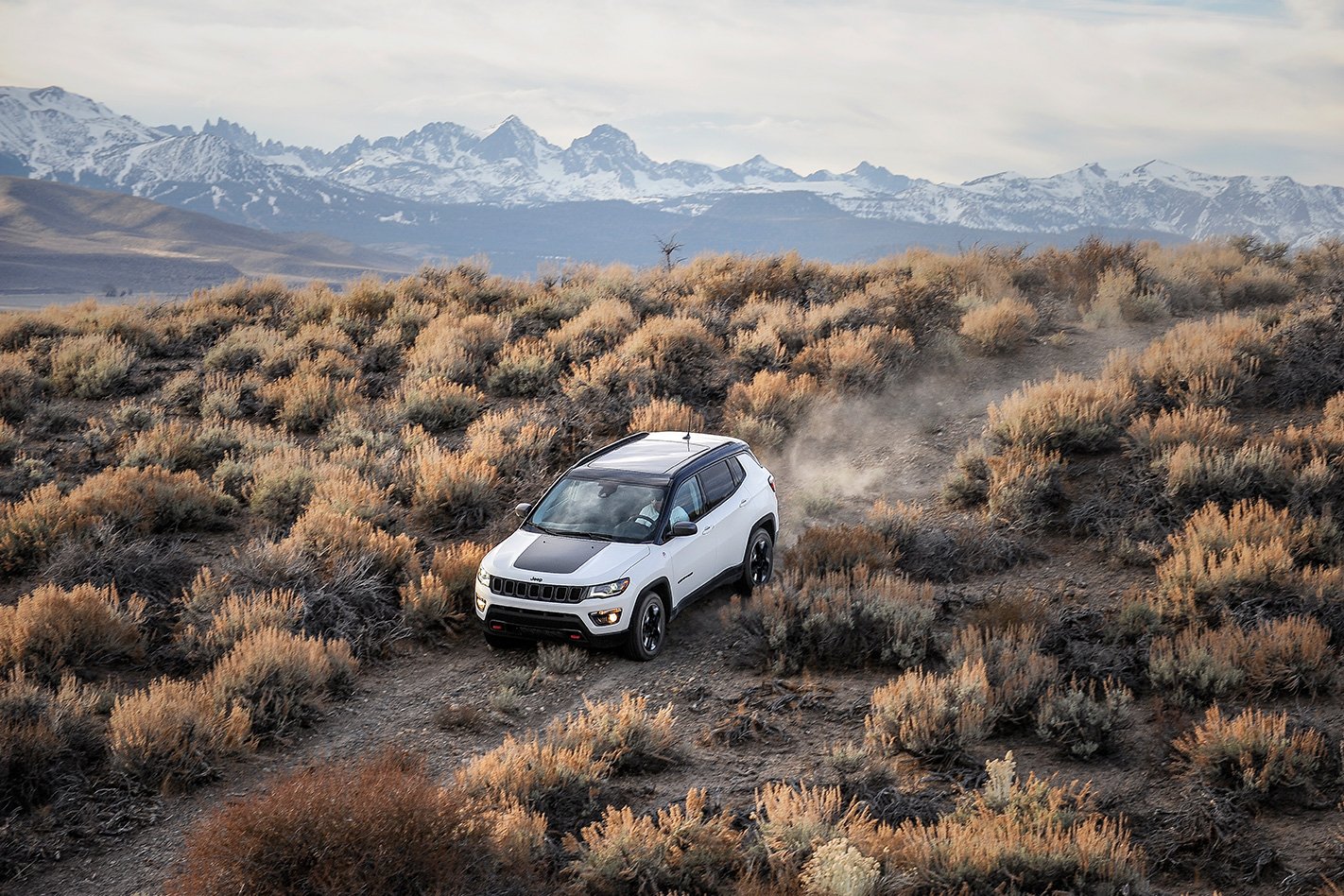
Me and the Compass are doing fine until we hit a wash-away gouged into a 20 percent incline and strewn with bread-loaf-sized rocks. I know I’m at the threshold the Compass’s ability when I hear graunching against the underbody protection, but the low-range gearing and diff-locking rock mode overcome any torque deficit, and we literally scrape through. The red ‘Trail Rated’ badges on the front guards aren’t for idle bragging: this thing is properly capable off-road.
Ultimately, though, our gate-skirting tactic proves futile. We hit another locked barricade and have to backtrack. The final four kilometres will need to be done on foot, lugging the camera gear.
Low clouds, driven by an icy wind, scud across a washed-out sky when the old town finally comes into view. It’s said that less than 10 percent remains of the once-thriving mining settlement that was here, due to a fire in the 1890s – clearly kerosene lanterns, timber constructions and drunk miners are not a mix approved by Smokey Bear. But what is left is plenty to transport you back 140 years. Bodie is kept in a ‘preserved state of decay’, meaning everything stays just as it was when the abandoned town was acquired by the State Parks department in 1962. So it’s not a tended restoration, just an authentic slice of how life really was. One of what were 70-odd bars still has all the glassware and pool table; elsewhere the shops are still stocked with bottles and cans. It’s possible there’s a tin of Spam there yet to reach its expiry date.
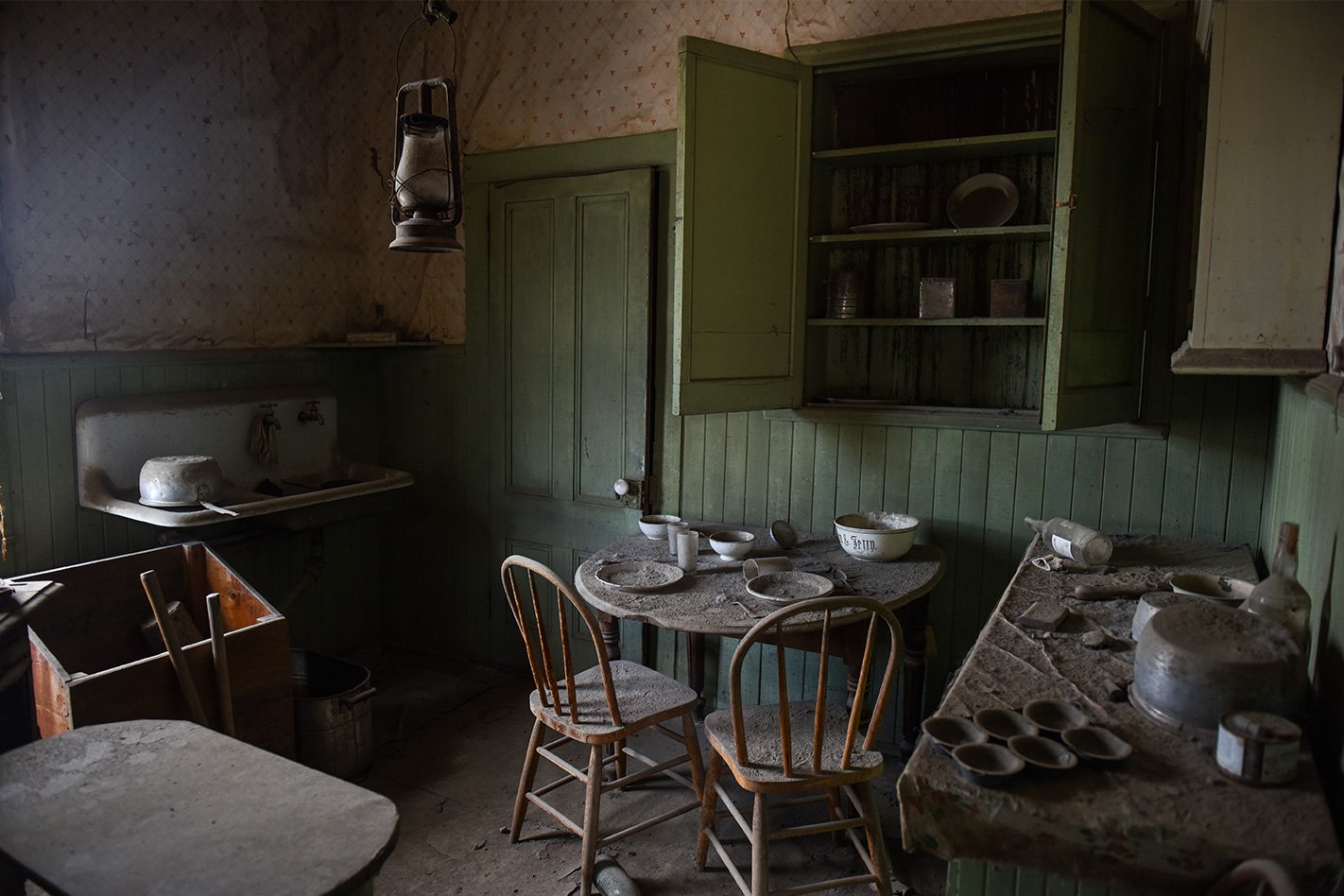
I wonder what the Bodie locals of the late 1800s would have made of our transport
Modern sanitation, electricity and technology have surged ahead, but the fundamentals of family, food and shelter remain largely unchanged.
It also takes very little imagination to picture why Bodie was described by one Reverend F. M. Warrington back in 1881 as “a lawless sea of sin, lashed by the tempest of lust, greed and passion.” Robberies, shoot-outs and lynchings were all commonplace. And when the males of the town got involved, well, that’s when things really turned crazy. Late in the afternoon, we trudge our way back towards the Jeeps in the face of a freezing wind whipping us at over 60km/h.
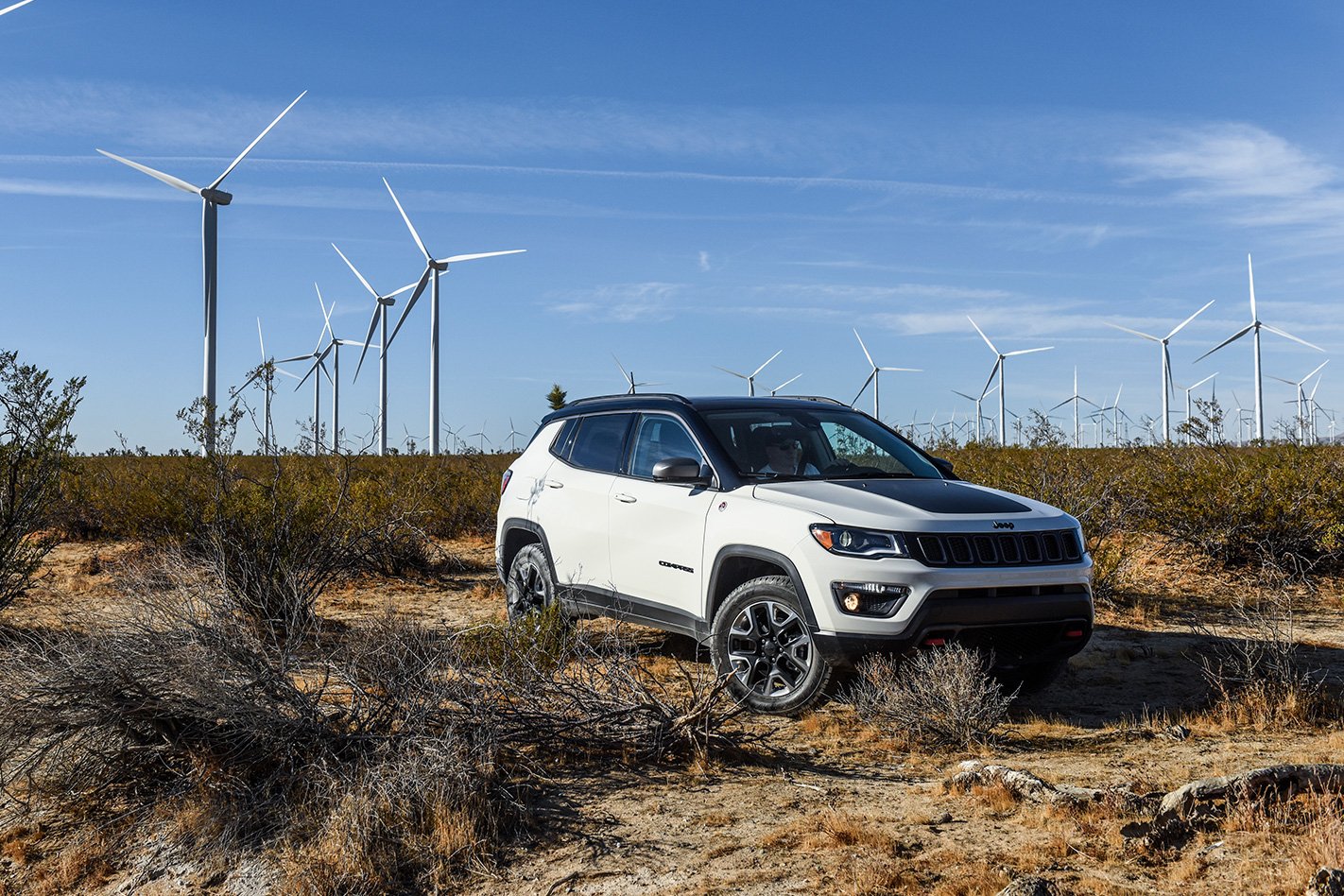
Or maybe they would have just shot us in the legs for being the softest men of the West.


